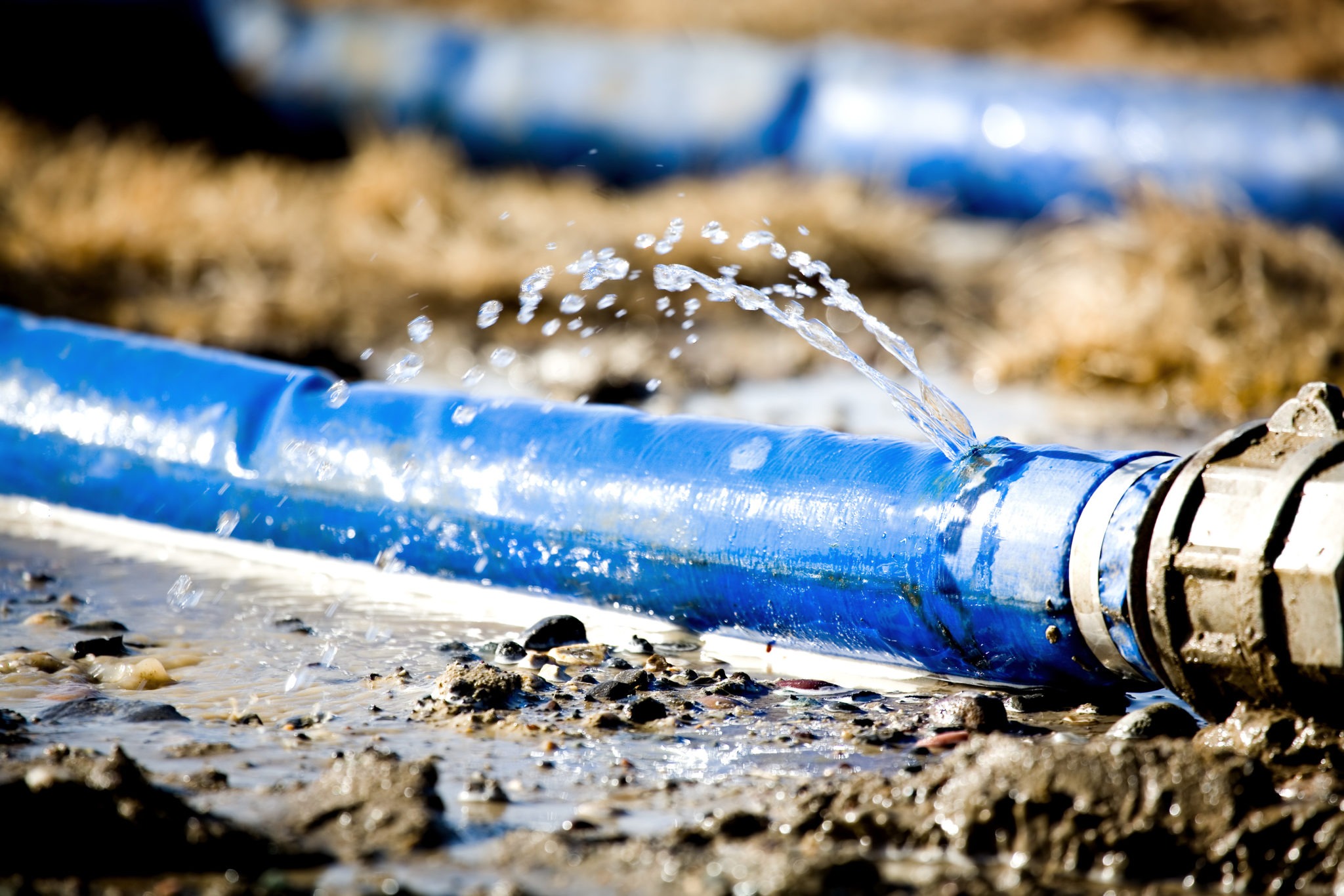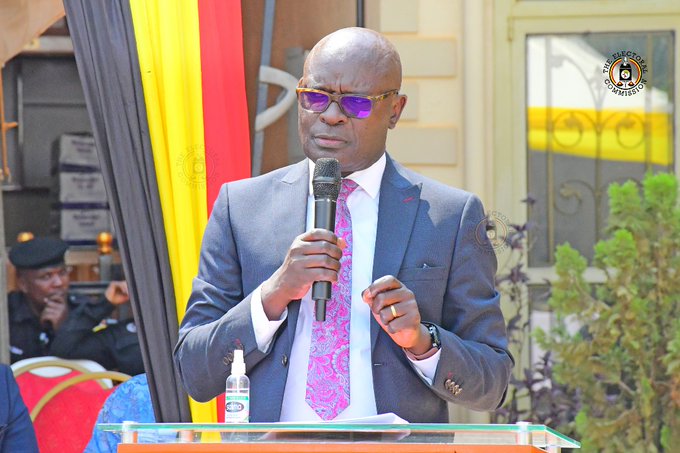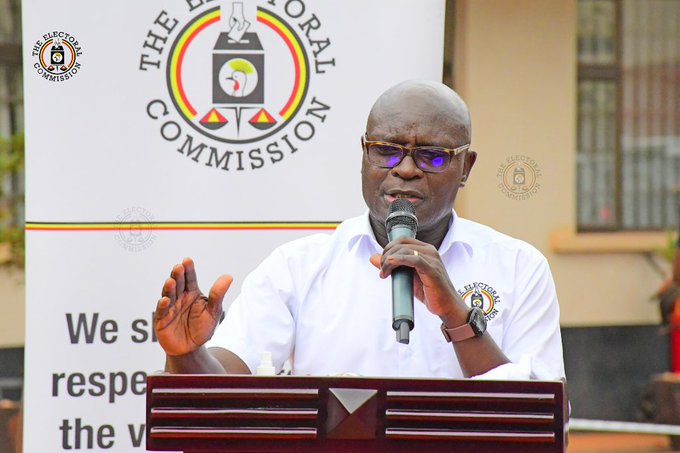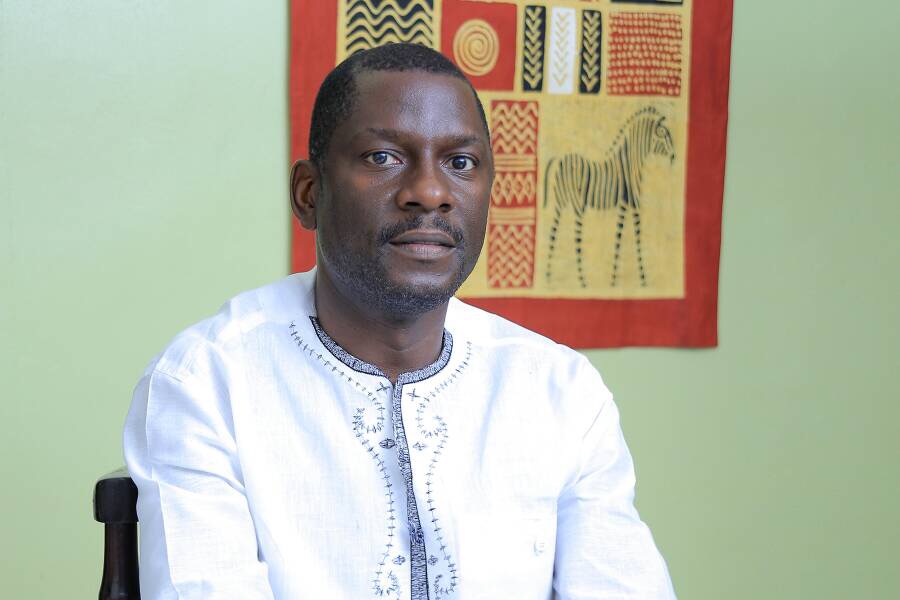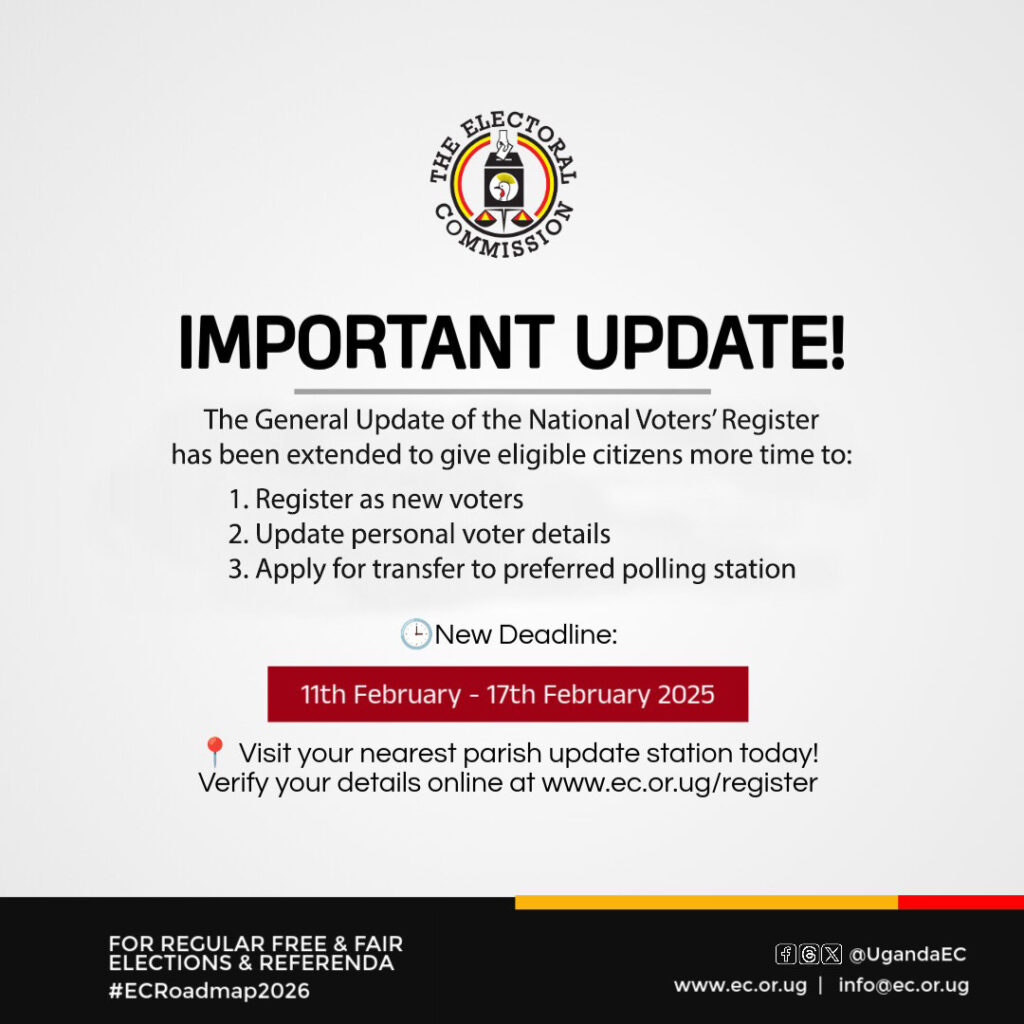By Pius Niwarinda
Kampala, Uganda: Water theft not only deprives nations of an essential resource and life-enabler, water is a critical revenue generator.
At National Water and Sewerage Corporation (NWSC), water is of essential revenue needed for operational and infrastructure improvements in the country.
However, water theft – what is termed as Non-Revenue Water (NRW), undermines efforts to provide equitable access to water for all citizens. When water is illegally siphoned, it creates a strain on the system, leading to potential water shortages and disruptions in supply.
How Prepared is NWSC?
For NWSC, this is akin to preaching to the converted, because water quality is at the heart of all operations.
The corporation is on a mission to revolutionize water management with its dedication to providing sustainable, equitable, and cost-effective water and sewerage services, all while conserving the environment and enhancing stakeholder trust.
“The corporation prioritizes producing high-quality water that meets the stringent guidelines of the World Health Organization (WHO) and the rigorous standards set by the East African Standards Committee,” says Dr. Silver Mugisha, the NWSC Managing Director.
He adds that this commitment is upheld through NWSC’s dedicated water quality team, which meticulously assesses the chemical, biological, physical, and radiological characteristics of water.
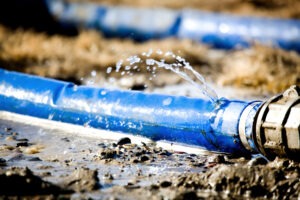
Indeed, at NWSC, there is a dedicated team for this task— The Water Quality Department—which exists to ensure that the water supplied to NWSC customers meets WHO and National Standards for clean and safe water.
The department has increased its water quality monitoring footprint with seventy-five laboratories across different parts of the country manned by a skilled workforce of over 122 water quality personnel.
Their duties include overseeing water treatment processes at the plants, monitoring for alerts or deviations from standards, and careful collecting samples from critical points such as treatment plants, reservoirs, wells, and consumer taps.
These samples undergo thorough laboratory analysis to assess parameters such as bacteria, viruses, chemicals, and physical properties, thereby ensuring the water’s safety and compliance with established standards.
Additionally, the teams conduct scheduled daily field visits to strategic locations for water sampling and on-site testing, ensuring compliance with regulatory potable water standards.
Sanitary inspections are also conducted during these visits, with detailed findings warily recorded. These are supervised by regional labs located in Kampala, Mbarara, Gulu and Mbale.
The department’s vision is “to be a world–class model of excellence in water quality and environmental management” and mission, “to provide efficient, reliable and professional water and wastewater quality management services through innovative solutions to the satisfaction of NWSC customers in an environmentally friendly manner.”
National Water and Sewerage Corporation (NWSC) is mandated to ensure that the quality of drinking water delivered to customers is of acceptable quality and the wastewater effluent discharged into the environment does not pose degradation risks.
This way, NWSC ensures safe drinking-water supply and reduced pollution of water sources by enhancing wastewater treatment across the nation in a number of ways including but not limited to:
First, enhancing capacity of the central laboratory.The department possesses a state-of-the-art Central Laboratory in Kampala which has recently been refurbished and upgraded with high-tech equipment to handle robust water quality monitoring.
The Corporation has steadfastly worked towards enhancing water testing which has seen the Central Laboratory grow and evolve into one of the most recognized and efficient water testing laboratories in Uganda.
Birthed in the 1970’s, the laboratory has grown from just handling simple basic water tests for only NWSC’s treated water to conducting over thirty water test parameters including heavy metals, pesticides and Trihalomethanes.
In addition, the Laboratory offers water quality testing services to external clients which has enhanced customers’ knowledge of their water sources while increasing revenue generated.
In order to increase assurance of its water test results and services, the management team of the Central Laboratory has embarked on a process of accrediting the Central and Gaba Laboratories under ISO 17025:2017.
Secondly, focusing on increased water quality monitoring footprint as be very essential: In a bid to enhance the water quality monitoring foot print, a number of new labs have been constructed in different Areas whereas others have been refurbished and their capacity upgraded with more testing equipment.
Thirdly, NWSC has privileged compliance to drinking water and effluent standards: To ensure that the quality of water supplied and effluent discharged meet the compliance standards for drinking water and wastewater, the water quality personnel collect approximately 120,000 water samples and 6,000 wastewater samples for testing on a scheduled basis.
Fourth, there is a robust quick response to customer complaints/resolution at NWSC. Rapid response teams have also been established to ensure quick action and resolution of customer complaints.
The use of rapid response teams handling customer complaints as contributed to the entity’s efficacy. In addition to enhancing its laboratories, NWSC also participates in routine Joint Water Quality Monitoring programs with key stakeholder organizations such as Kampala Capital City Authority (KCCA), Uganda National Bureau of Standards (UNBS) and the Ministry of Water and Environment (Directorate of Water Resources Management). This provides an opportunity for the Corporation to check compliance of its supplied drinking water on a regular basis.
Furthermore, NWSC has put in place, scheduled cleaning of water treatment units and supply installations. The NWSC has established cleaning and flushing schedules for all NWSC’s Water treatment and supply systems which are reviewed and updated on a quarterly basis. This is to ensure that all water treatment units and supply installations are regularly cleaned and disinfected for safe water supply.
Innovations to reduce water treatment costs have been prioritized to achieve success. In a bid to reduce water treatment costs, a number of innovations developed through research have been implemented. For example, installation and use of onsite salt electrolysers for disinfection purposes rather than chlorine which is a relatively more expensive water disinfectant
Monitoring of water sources and catchment areas to address water treatment processes and climate challenges is also essential at NWSC. The entity, continues to work round the clock establishing innovations and engaging in activities and projects aimed at water source and catchment protection to address water treatment process challenges and the impacts of climate change.
For example: tree planting to create pollution buffer zones which the Corporation does with the support of a group of passionate Young Water Professionals, engaging key stakeholders in fora such as the Pollution Task Force (PTF) aimed at establishing mitigation measures against pollution of water sources and piloting innovations such as iron removal using filtralite and hardness removal using ion exchange technology.
Although the Corporation has in the recent past faced challenges in water treatment as a result of climate change impacts such as droughts, floods and rising water body levels which affected water treatment processes. However, the Corporation has mitigated these effects in seriously affected Areas by installation of online dozers to improve accuracy in chemical dosing and the construction of gabion walls for Areas affected by rising water body levels.
Finally, emphasis on online water quality monitoring platforms has yielded fruits. Online tools have been implemented such as the Bulk chemical tracking tool and the Water Quality Management Information System (WaQIMS) which have enhanced the department’s performance in tracking chemical consumption, monitoring the distribution network and reporting customer complaints.



